It's Spring and the Cape has blossomed in color!
Candide invite us on a virtual tour of the fauna and flora of the Cape Weskus. It is no secret that the changes in climate (including changing rainfall) has had a dramatic impact on the West Coast of Southern Africa. When living in an era of rapid change, it is even more valuable to observe and experience a landscape in the midst of its evolution.
So grab those flip-flops and camera for our little guided tour!
Cloudy with little chance of rain. The average rainfall in the region is often lower than 300mm per year.
West Coast Climate
It might surprise some to hear that before the global glacial period, the West Coast (e.g. Cenzoic Langebaanweg) was a humid semi-tropical landscape bursting with colour. To give you an idea of what this looked like the West Coast Fossil Park recreated a "Late Pliocene Garden" at its newly erected premises.
Contemporary sandy shores are a far cry from the marshes of the past. This is in part due to the cold Benguela Current. Most of the moisture deposition is from mists in elevations lower than 200 m, with as little as 10% attributed to rainfall. The beaches fall within three categories including arid desert/steppe cold/warm regions with localised pockets of freshwater that create unique environments for plants to flourish.
The lagoon on one side and the Atlantic on the other.
West Coast National Park (Langebaan)
Jumping straight into it, the world-famous beachside town of Langebaan might attract kite surfing for the prevalent winds, but there is a reason for the sizeable nature reserve as well. The West Coast Nature reserve encapsulates a sizeable portion of the lagoon and is the first port of call for the Spring flower displays.
The reserve is home to 24 025 ha of Strandveld with a 50% irreplaceability rating. It harbours 35 Red Data List species along with a further 480 odd plant species. The best time to capture this diversity is during the spring blooms.
Some species to look out for:
- Buck Bay vygie
- Nemesia versicolor
- Satyrium odorum
- Lachenalia punctata
- Pterygodium orobanchoides
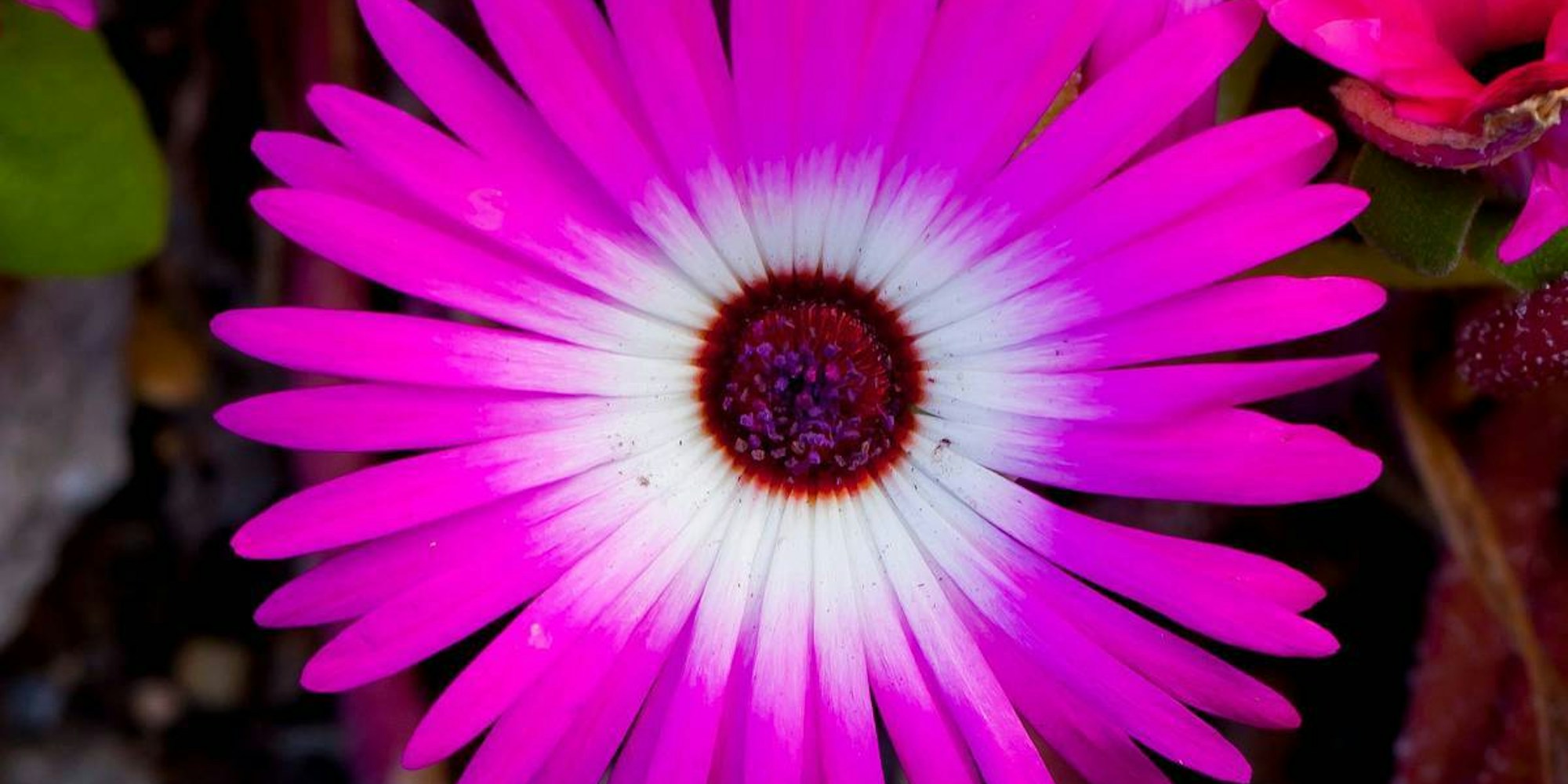
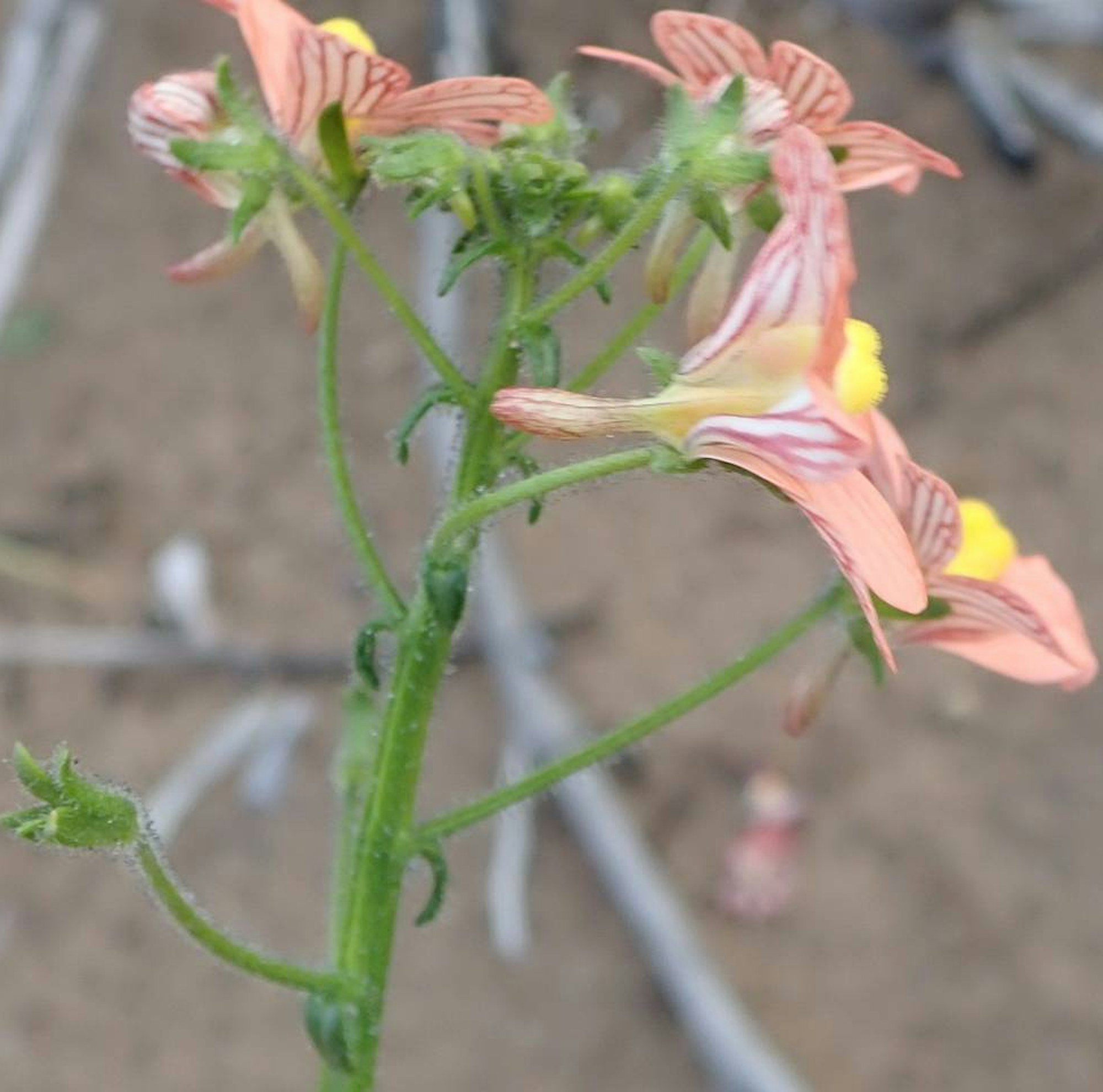
Rocherpan Nature Reserve (Velddrif)
The nature reserve was created to protect the site for migrating birds, but the grey dunes hide some gorgeous succulents and quite a few tortoises. We visited the site in the middle of one of the worst droughts in the area to showcase how it can shine even in dire times.
The low rainfall and blistering heat with sandy nutrient-poor soil translate into some extremely slow-growing species. The reserve's Euphorbia caput-medusae are enormous and if you manage to go during the flowering season, you might just see a few rare Tylecodon flowers. Given good winter rains, the various Mesembs burst into colour the coming spring (September-November).
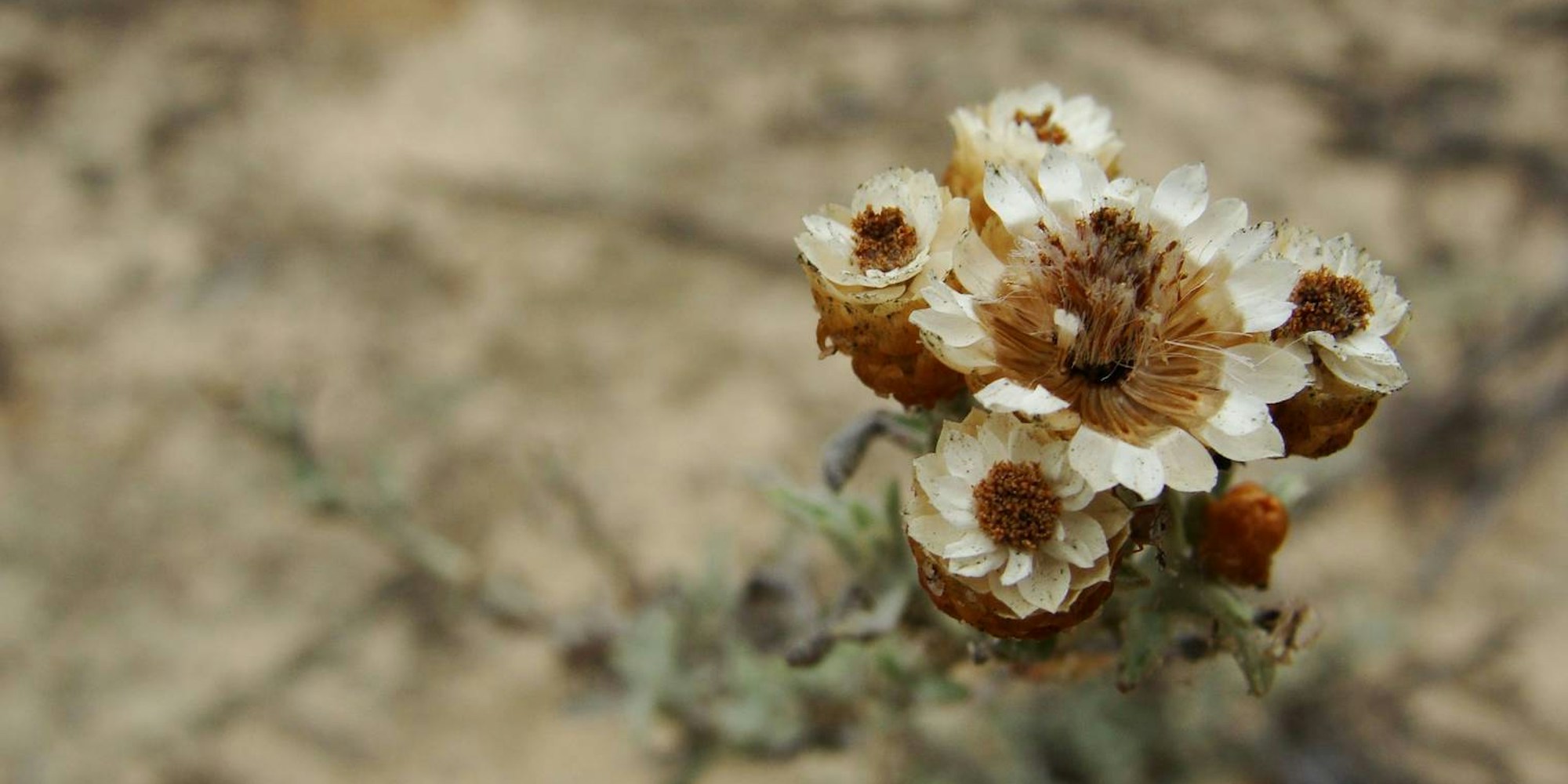
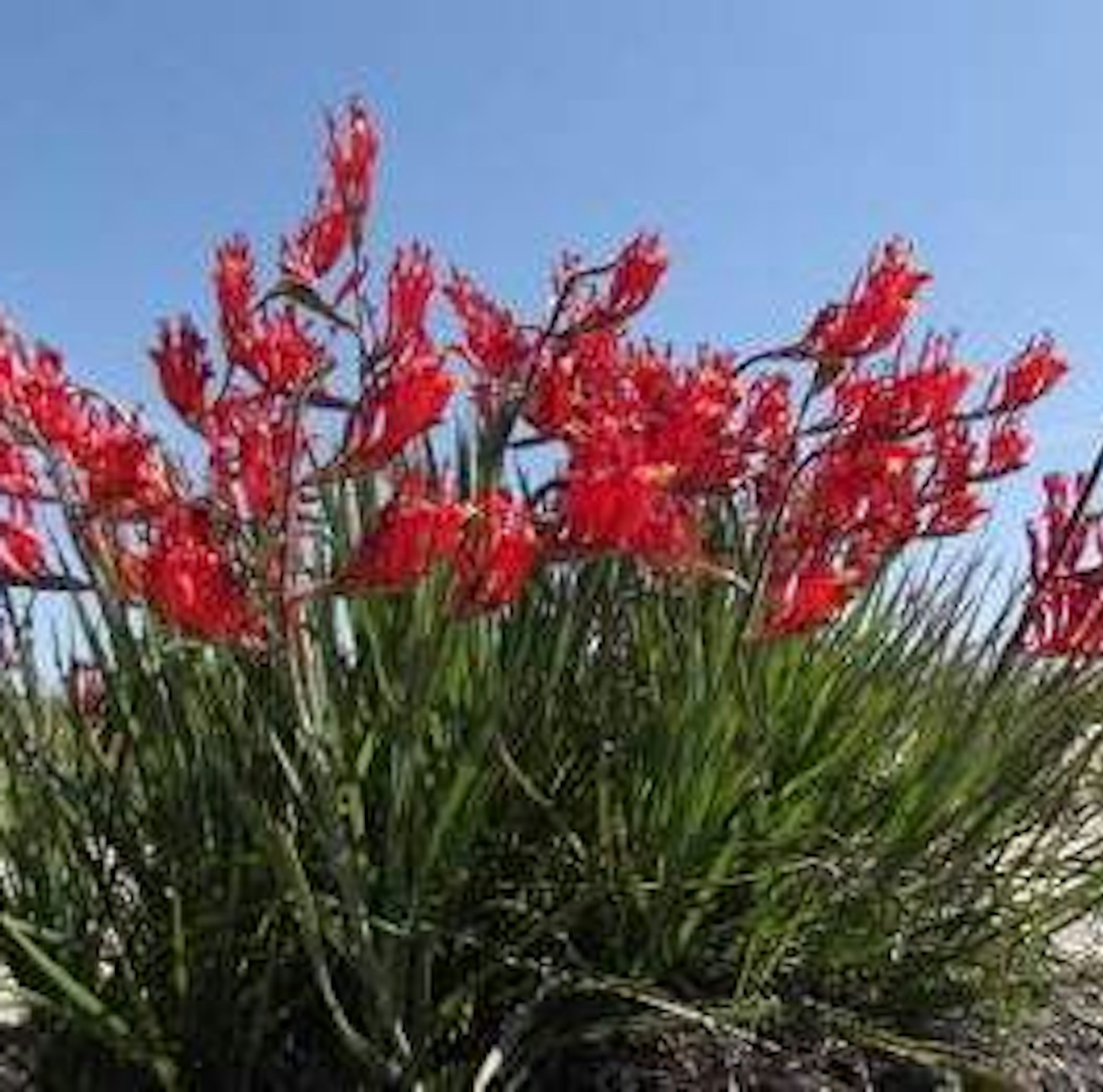
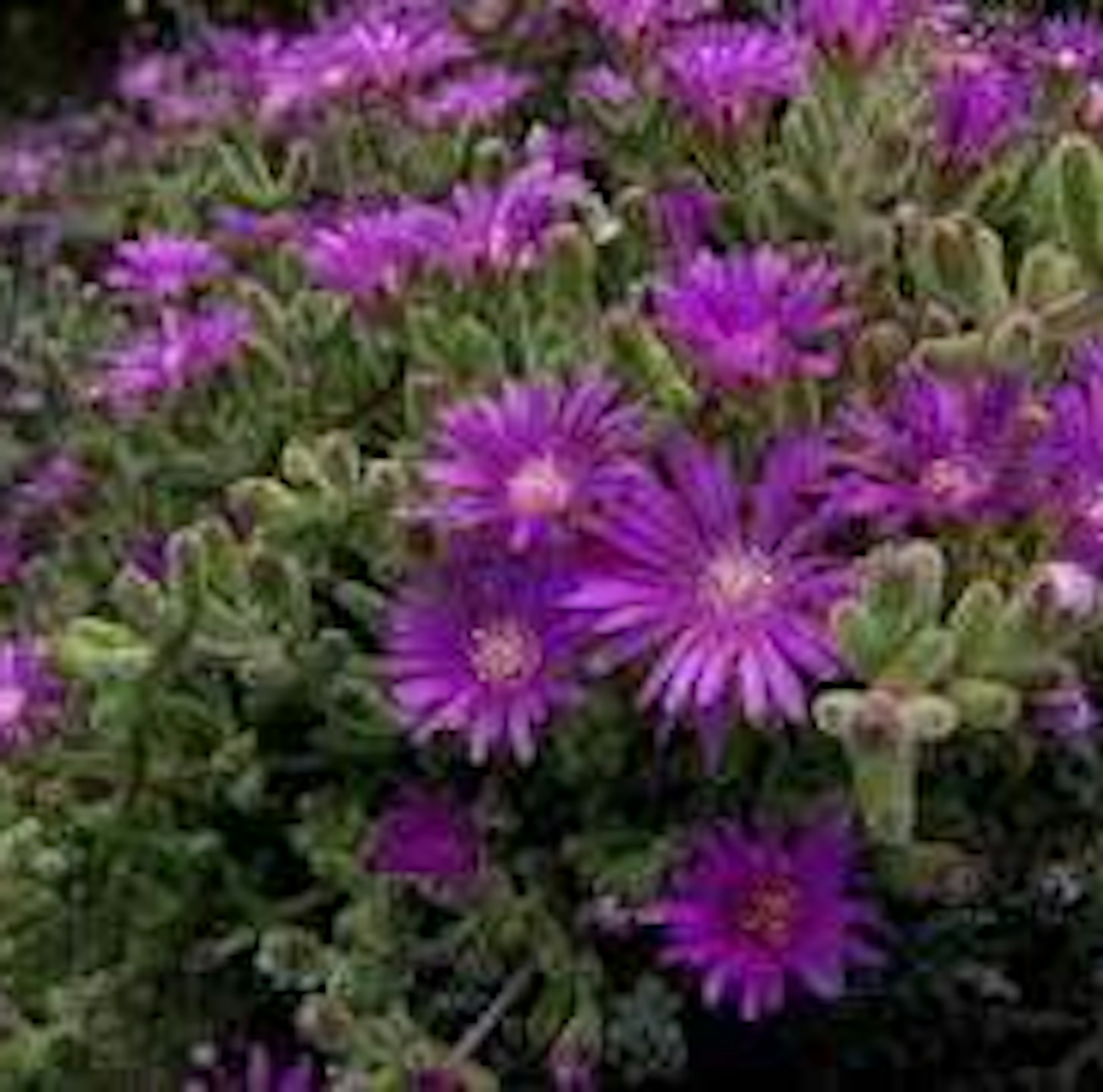
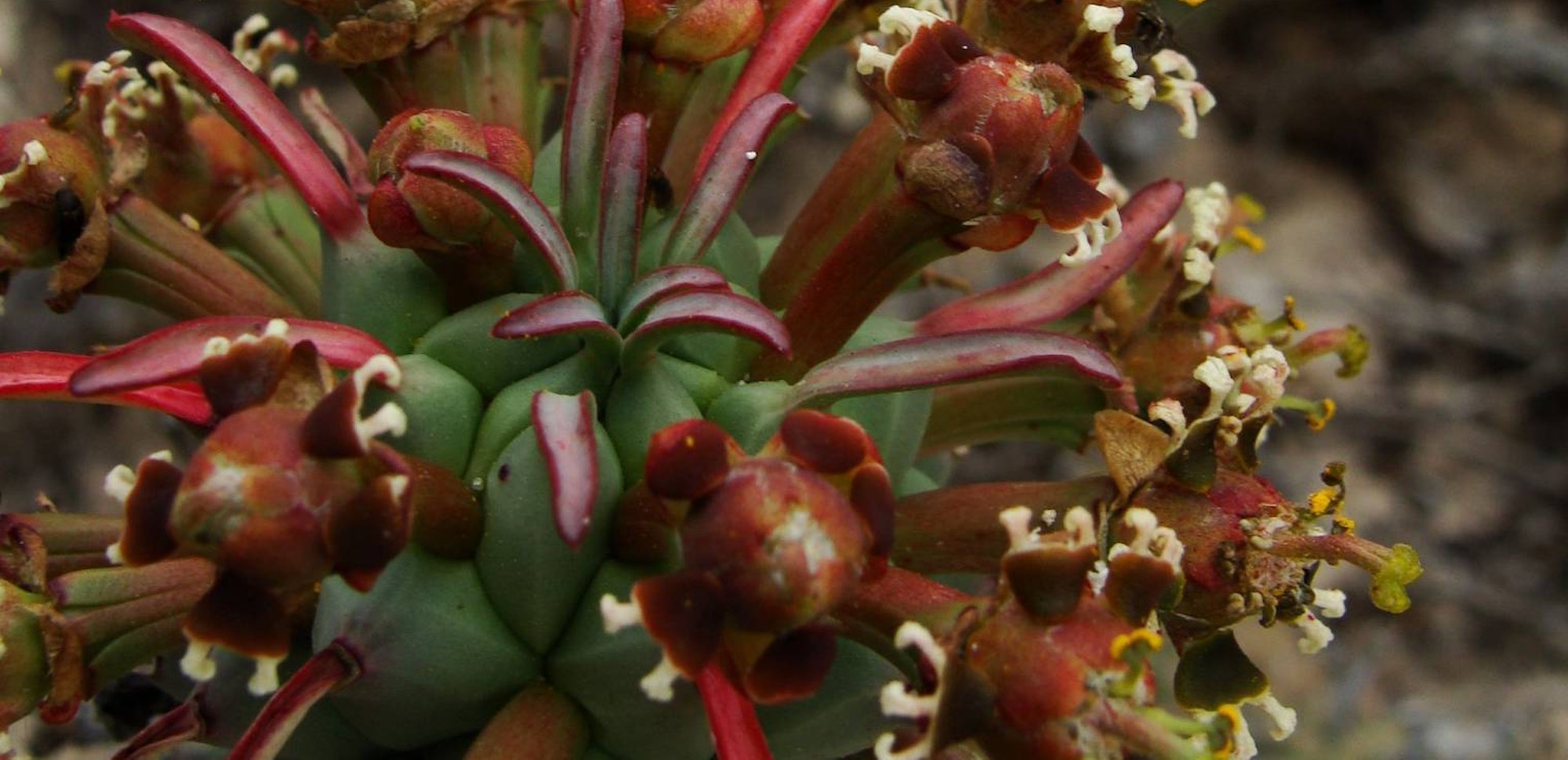
Strandfontein
If you find yourself taking the road less travelled, you might want to stop off in Strandfontein. The sandy dunes hide weird and wonderful flora, like the spiral-leafed Ferrari foliosa, spikey Euphorbia schoenlandii and green starry flowers of Tylecodon reticulatus.
Along with the beach flora, you will also find the gorgeous annual display of Namaqualand Daisies on your drive up (during spring). The cold waters hide a multitude of marine flora to keep the kids busy for hours.
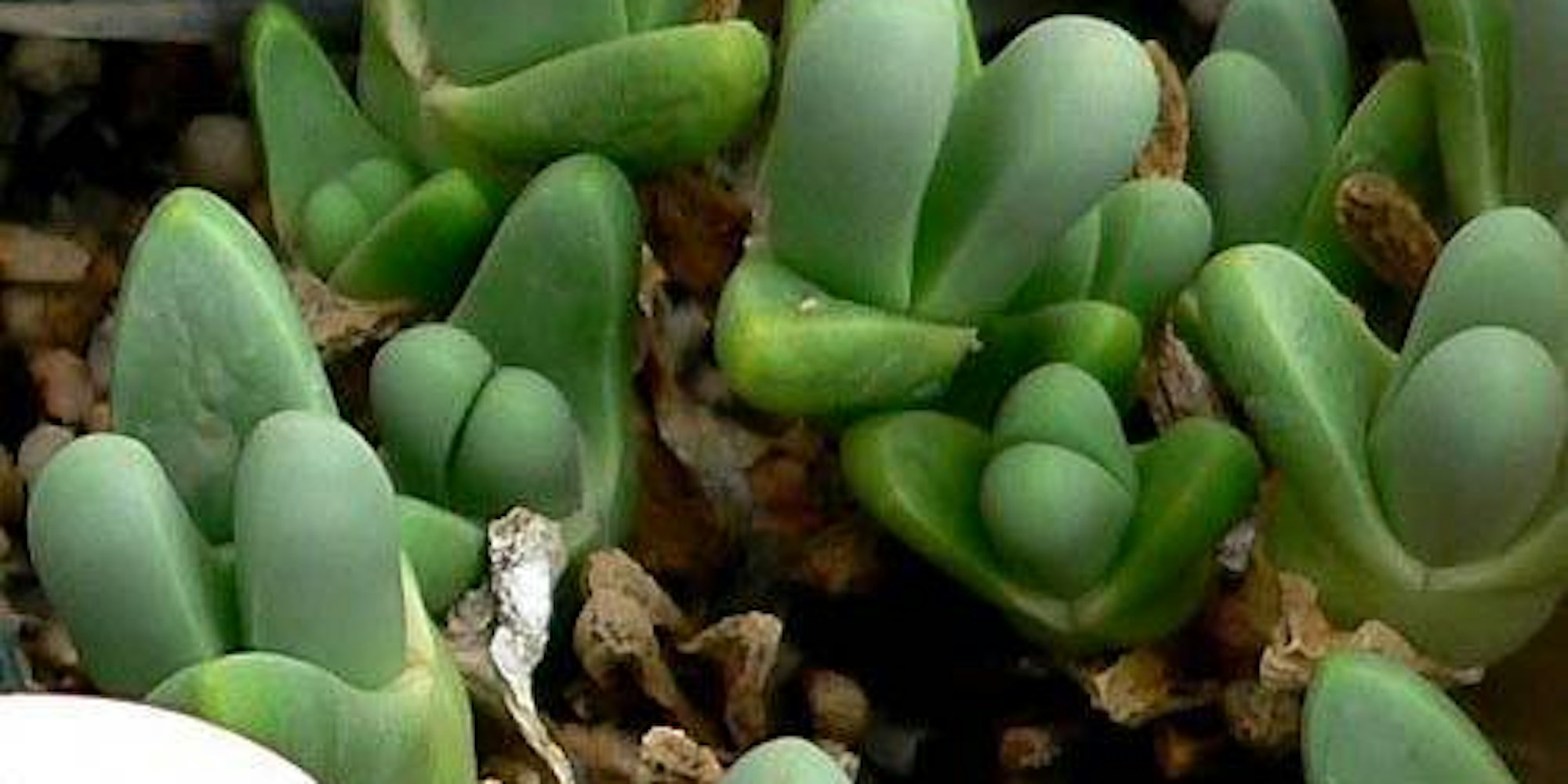
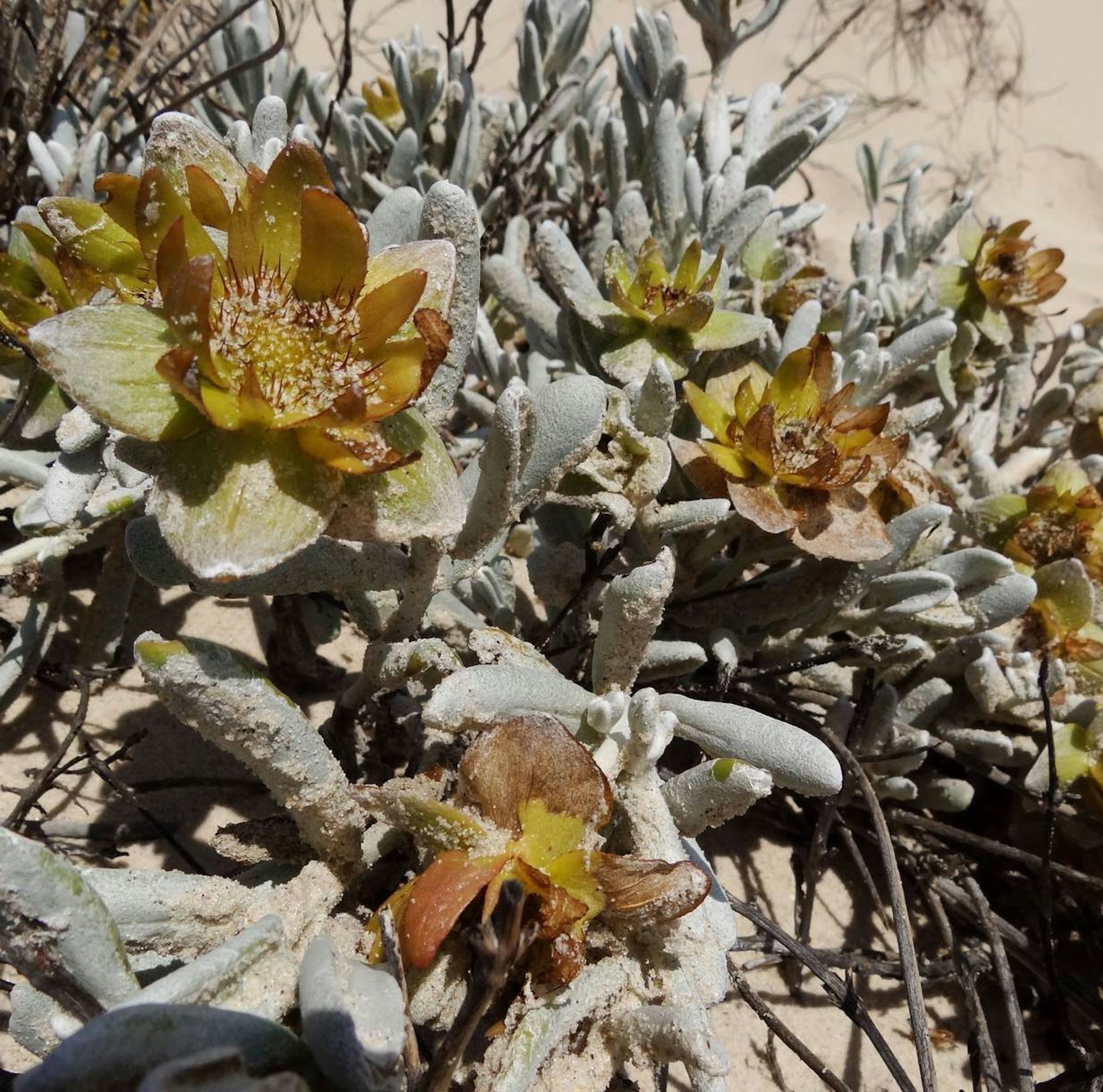
Best Time to visit
Summer temperatures along the West Coast can range from mild to blistering. Spring is by far the most colourful, but winter is equally lovely if you want milder temperatures to explore the surroundings.
When: Spring
Weather: Winter rainfall areas
Important information: Areas like Postberg in the West Coast NP are open at the Park’s discretion. You can contact the Park directly or visit their website for more information. Rocherpan dried out during the several years of drought but recovered somewhat during the 2020 rains. If you are travelling for both fauna and flora, then it might be good to contact the office at Cape Nature beforehand.
Travel time: One way from Cape Town, it will take you 1h to the West Coast National Park, 2h to the Rocherpan Nature Reserve and 4h to Strandfontein.



















